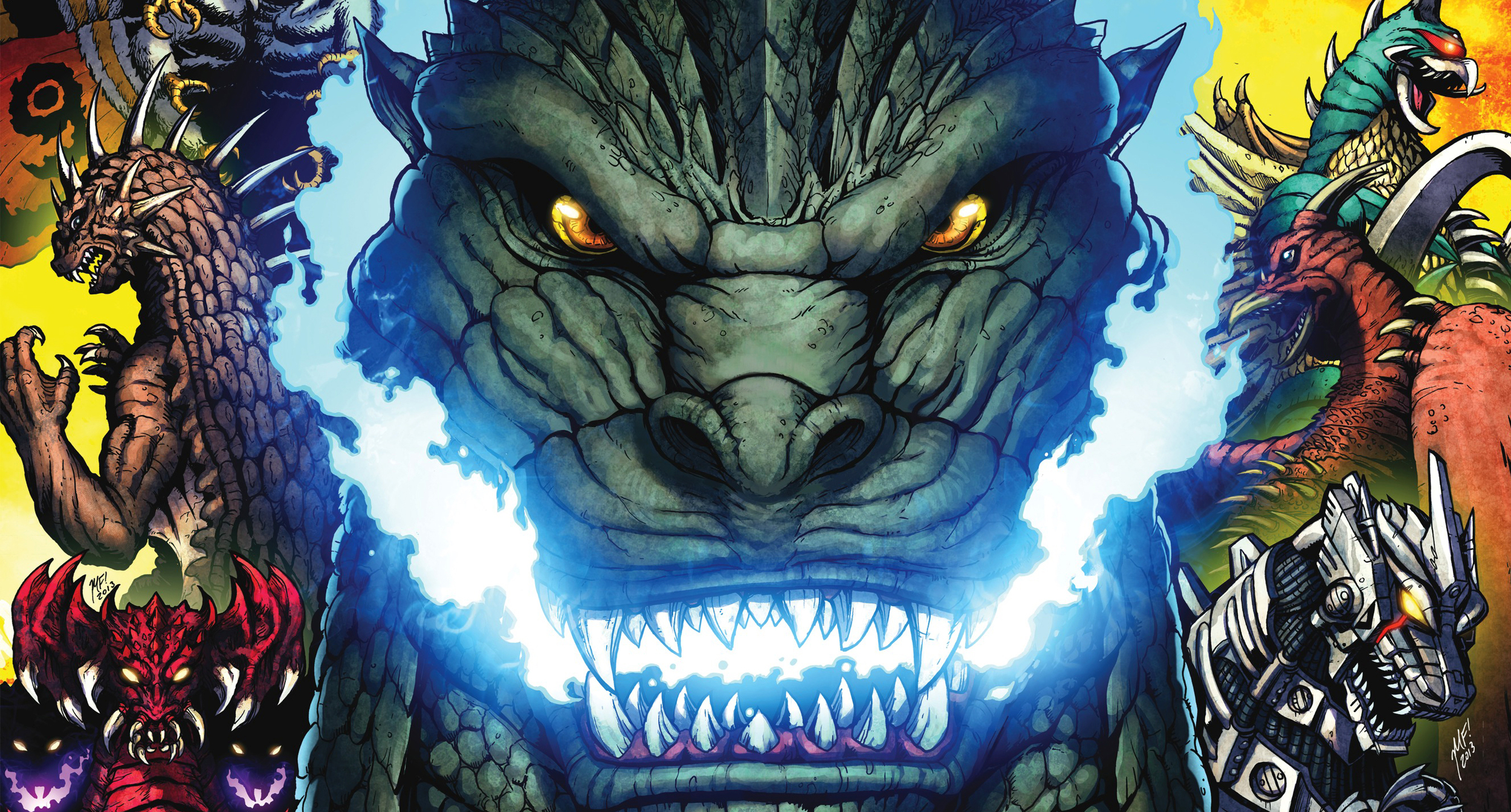An issue of Knuckleheads costs less than a 20oz soda. That should be enough to get you to give it a go, no matter what the rest of my review says. I can guarantee you that you've spent more on comics that are far, far worse than this. How many issues of Spawn did you buy out of obligation before you dropped it from your monthly pulls? Exactly. Knuckleheads is about as close to "no risk" as comics come.
Do you like to laugh? Of course you don't. Like I said, you used to read Spawn. But if you're willing to give laughing another shot, you might want to give Knuckleheads a try. If you don't laugh, it's digital, so you don't even have to worry about giving the comic away to some little kid who likes baby ha-ha comics. Like I said, no risk.
Knuckleheads #6 makes a good jumping-on point, with Trevor Trevinski exploring the extent of his cosmic powers -- and learning an amazing new ability! -- while his pals (well, one pal and two near-strangers who've gotten sucked in to Trevor's world over the course of the first five issues) capture it all on an iPhone. The set-up in the previous issues is that Trevor is the possessor of the Crystal Fist, an artifact resembling brass knuckles but made from otherworldly crystal. As a person, he's a half-assed superhero, but the actual power of the Crystal Fist makes up the other half for him (most of the time). In his earliest outings, Trevor fights a giant reptilian monster then armed rednecks -- clearly writer Brian Winkeler knows how to raise the stakes.
Artist Robert Wilson IV is a deft cartoonist with a sly sense of timing (and Jordan Boyd's colors make Knuckleheads look like a book that should cost more than one dollar). I especially appreciate that everyone has different, distinct faces to go with their personalities -- hey, just like in real life! (It sounds like a given, but you'd be surprised how many artists don't do this.) There's a two-page gag in #6 that's especially clever, and I hope there are more jokes that depend on visual storytelling as the comic continues to strengthen.
That's something else Knuckleheads does besides "be funny." It gets better with every issue. Let's say you don't read Spawn. Maybe you read books like Superior Foes of Spider-Man or Hawkeye or even the DeMatties/Giffen run of Justice League. If that's the case, then Knuckleheads should be an easy sell. This is totally in your wheelhouse. It's digital, so you don't even have to worry about some little kid who likes baby ha-ha comics stealing your precious Knuckleheads collection. (Unless you buy it collected in print, available July 22! I can't help you then. Good luck.)










